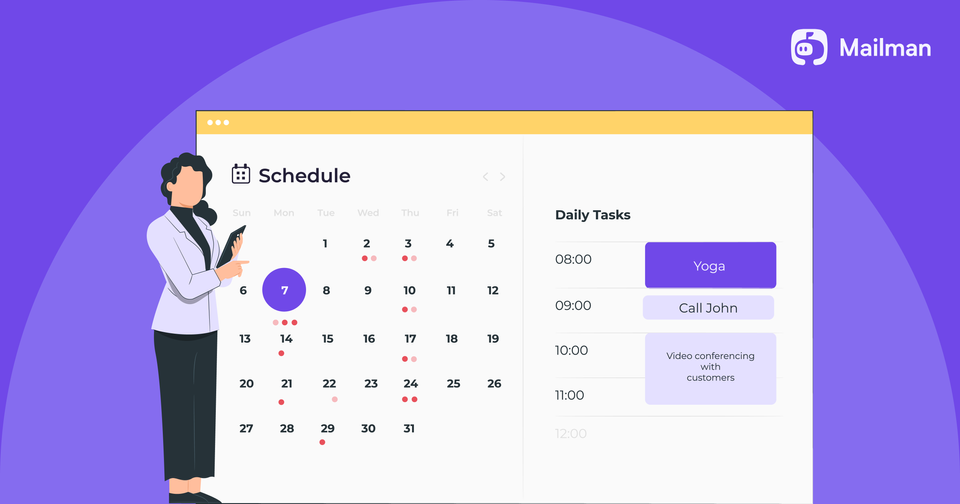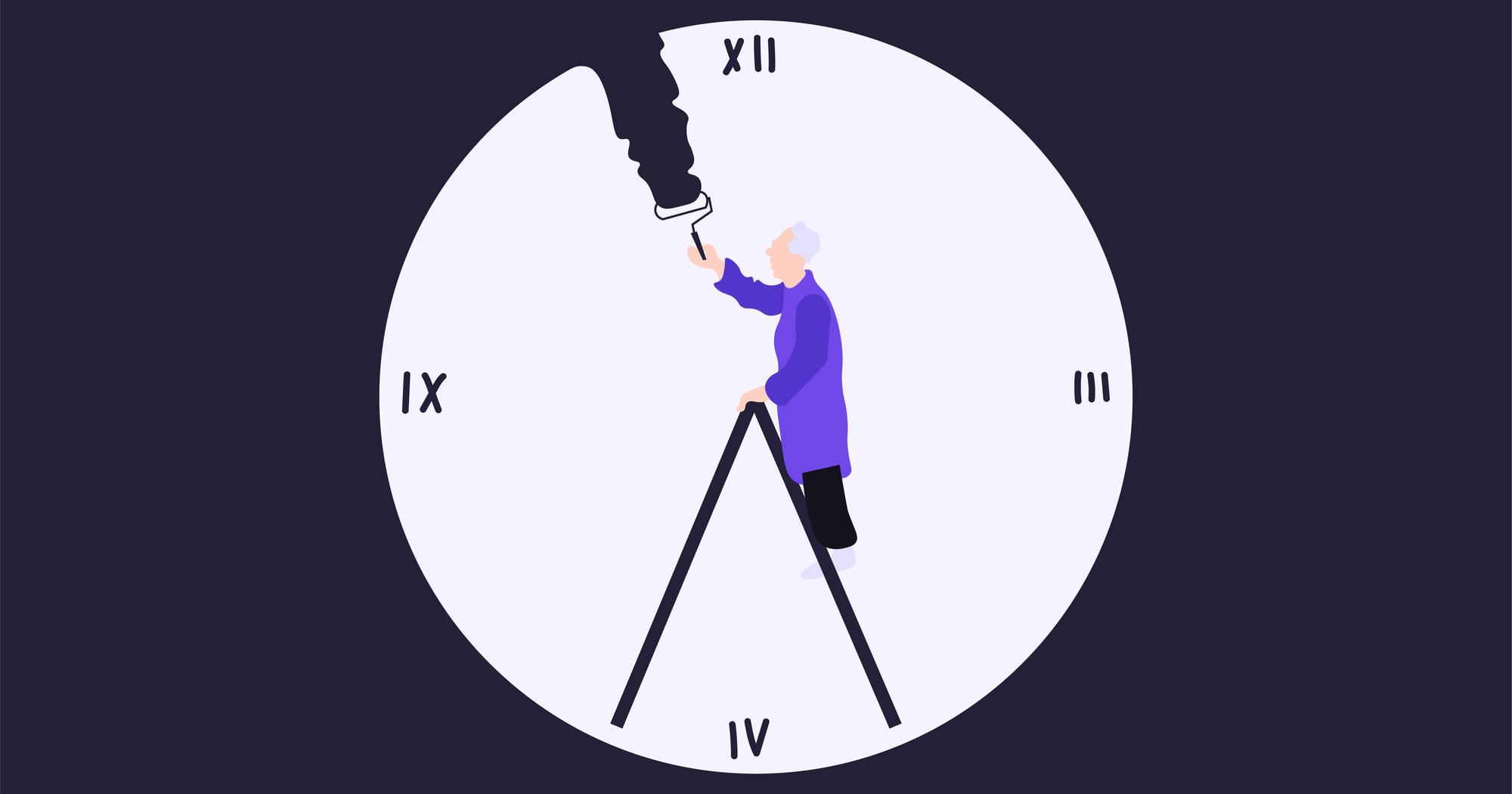5 productivity techniques used by top professionals

Instead of seeking productivity advice from random people on the Internet, why not learn from successful people? So, to help you, in this blog, we have crowdsourced advice from the most successful people.

1. Time blocking
Elon Musk is probably the busiest person in the world. He runs Tesla, SpaceX, The Boring Company, and Neuralink and will probably manage Twitter. How does he manage his time to do the tasks of his company? Time-blocking.
What is time-blocking?
It’s a technique where you divide your day into blocks of time. Each block is for completing a particular task (and only that task). You clear out all your distractions and focus only on doing the work at hand.
Here’s how to practice time-blocking:
a) Review your daily tasks.
b) Allot time for each of them such that you do your highest priority work at the start.
c) Ask your colleagues/family members to not contact you while you’re doing the work to avoid any distractions. Use Freedom to block distracting websites and apps.
d) Follow your time blocks religiously.
e) At the end of the day, review how you faired. If you completed all the scheduled tasks, plan for tomorrow. If you didn’t, figure out why (ensure it doesn’t happen again) and put the remaining work (which you haven’t done) on the next day’s schedule.
2. Identify your most productive time of the day

Ryan Smith, CEO and co-founder of Qualtrics, says, “Understand how your brain works and when you are most productive. For me, I’ve gotten rid of lunch meetings to keep my productive time going as long as I can.”
Why do your work when you’re most productive?
Everyone has their sacred productivity hours. Some are at their peak energy levels in the mornings. While others, like me, are productive at night. The trick is to work when you feel the most energized and are at your creative best. You’ll get more done.
Here’s how to get started:
a) Know your productive time slots. Work during the nights and mornings to find what’s the best time to work for you.
b) Schedule your tasks according to productivity hours. Make sure you schedule the hard work first and then the remaining duties.
c) Don’t entertain meetings or small talks with your colleagues during these slots. Schedule them for when you’re free. For example, if you like to work in the morning, host meetings in the afternoon.
3. The Rule of Three

Dave Ramsey is a finance coach, radio host, and a millionaire businessman. He follows “the rule of three” to prioritize tasks and complete high-value work.
What is the “Rule of three?”
Rather than getting overwhelmed by your to-do tasks, the rule of three asks you to get intentional about doing your three important tasks in a day, no matter what.
By eliminating low-value tasks (delegate them), you’ll be able to 100% focus on the three crucial tasks and excel on all.
Here’s how to get started:
a) Note down your daily tasks—big and small.
b) Separate the three main tasks such that, if you complete them, it will help you reach your goals. Delegate the rest.
c) Rank your three tasks based on priority and schedule a time for each.
d) Do the work.
4. Batch your emails
Tom Hodgkinson is the best-selling author of several books. That means he spends half his time answering emails to publishers and fans—distracting him from doing his work (sounds familiar?).
To solve this, Tom batches all his emails to receive them only during a fixed schedule—so he can write and edit without constant email distractions.
What is batching?
It’s a technique where you schedule your email deliverability during a pre-fixed time instead of answering them as and when they come. This way, you won’t check your inbox frequently, or get caught up in answering back-and-forth emails. Do your work and answer all emails at a separate time.
Why care for email management? According to HBR, an average person checks email 15 times daily and wastes 21 minutes over-checking their emails. That’s a lot of wasted time that you could have saved by completing your tasks.
How to batch your emails:
a) Install Mailman and log in with your email (on which you’ll batch your emails).
b) Set the time when you want to receive all your emails.
c) List the VIPs (email that you want to receive as soon as they come)
d) That’s it! Do your work uninterrupted and answer the emails only during your pre-fixed time.
5. Say no
Anna Taylor, the Golden Globe winner actress, champions the advice of saying no to set boundaries and prioritize your tasks.
What is saying no?
Saying no means prioritizing your goals. You have finite time and energy, and if you say yes to every request, you’ll ignore your work, miss on doing tasks you care about, and never achieve what you want to.
So, don’t feel guilty about saying no. You can’t help everyone and owe yourself to achieve your goals.
a) Tell the other person your priorities and why you can’t help them now. Don’t postpone your answer.
b) Be both polite and confident. Don’t be rude when saying no, be careful of your body language. But, at the same time, don’t try to be too nice. Give a clear “no.”
c) If you can, connect them with some person who can assist or share helpful resources.
d) No one likes hearing no. So, prepare yourself for a negative response. If the person reacts negatively, avoid judging them for their behavior and reciprocating the negativity.





